Introduction
Located along the bluffs downriver from downtown, the floodplain was the last location for the Dakota Indian village called Kaposia that was inhabited until the mid-19th century. Today’s South Saint Paul is a city in two distinct geographic locations: the residential areas and town center are high atop the bluffs, but the industrial zone that gave birth to the city rests in the floodplain down below.
Visitor Information
Direct your questions to the River Heights Chamber of Commerce (651.451.2266).
History
Charles Wilbur Clark founded a city he called South Park in 1886 along the Mississippi River that is now the north end of South St. Paul. Clark gave 27 acres to Alpheus Stickney’s Minnesota and Northwestern Railroad Company (later called the Chicago Great Western) to build maintenance shops. Heavy industry developed quickly, and the city of South St . Paul was incorporated in 1887.
Stickney didn’t rest after building the rail yards. In the late 1880s, livestock from the area had to be transported to Chicago for processing, a long and costly trip. In 1886 Stickney formed the St. Paul Union Stockyards Company to bypass that route. The new stockyards attracted hundreds of men to the area who were looking for work, with many taking up temporary quarters in boarding houses near the yards. As the stockyards grew, packing houses began to open nearby, even though the area, being in a floodplain, um, flooded regularly. The first hog slaughtering plant opened in 1888, and soon big companies moved in, including Cudahy Packing Company (1894-1954), Swift (1897-1969), and Armour (1919-1975).
Thousands of people worked in the plants processing pigs, sheep, and cows. The workers were a diverse group, most of them immigrants: Irish, Poles, Serbs, Croats, Romanians, Germans, Scandinavians (mainly Swedes), Hungarians, Russians, plus African Americans. The Armour plant was once the largest building in Minnesota. At its peak, it employed 4,000 people and turned 2,000 animals an hour into bacon, steaks, chili, hot dogs, and by-products like leather, lard, and Dial soap. Work at the plants was disrupted by major strikes in 1904, 1921, and 1948 as workers rallied for better working conditions and higher wages.
At one time, every sixth grade class in South St. Paul toured the Armour plant. Many of those children were not exactly happy about the experience, walking around on floors that were covered with blood and among dead animals hanging upside down. Many got sick during the tour, but I bet it was an experience they never forgot!
The children weren’t the only ones sickened by the plants. Every packinghouse used the Mississippi River as a sewer, dumping untold amounts of waste into the river and fouling it so bad that nothing could live in it. In 1926, a survey of the Mississippi between St. Paul and Hastings found 3 fish alive—not 3 species, but 3 fish, total. There was no effort to deal with the pollution until Lock and Dam 2 was built at Hastings, and it became obvious that the pollution would no longer just flow downriver to sicken someone else.
In the 20th century, the South St. Paul Stockyards were the largest in the world. All those workers needed a place to unwind, so there were dozens of bars along Concord Street (places like the Hook-em Cow). But nothing lasts forever. The industry began to change as livestock farms grew larger and sold directly to packinghouses, bypassing stockyards, and soon thereafter those packinghouses began relocating to rural areas. Swift closed in 1969, leaving behind a toxic mess that required an expensive cleanup before it could be redeveloped as an industrial park. The Armour plant closed in 1979 and was razed in 1989. One of the few visible reminders of the packinghouse era is the Livestock Exchange Building (Concord St at Grand Ave.) that was built in 1887 and still serves as a city landmark. The city’s population peaked around 1970 at 25,000, but has stabilized since 1990 as the city shifted from being a center of industry to a bedroom community.
One of the residents of South St. Paul was Jane Muckle Robinson. From 1885 to 1921, she worked on the Mississippi River between Dayton’s Bluff and the stockyards lighting kerosene lamps that helped boats navigate after dark. She tended 4 lights, lighting them by sunset and extinguishing them after sunrise. The lamps had to be cleaned and filled every day. At the end of her career as a post light keeper, she estimated that she had covered 50,000 miles in her rowboat. Jane’s life inspired Charlie Maguire, the one-time “Singing Ranger” for the National Park Service, to write a song about her.
Exploring the Area
Volunteers at the Commemorative Air Force & World War II Museum (310 Airport Rd, Hangar #3; 651.455.6942; open W, Sa 9:30-5:30) carefully preserve aircraft from the second world war. You can walk around the planes (tightly packed into an old airport hangar) for a close-up look and read exhibits about the equipment and experiences of people on the front lines. If you’ve got a few hundred bucks in spare cash, they also arrange flights in many of the aircraft. Twice a year, they host swing dances in the hangar.
Parks Along the River
- Kaposia Park (1028 Wilde Avenue) commemorates the last location of the Dakota village called Kaposia.
- Wildflower Levee Park is a small park along the Mississippi just north of the Wakota Bridge; it is only accessible from a trail.
- Grandview Park (Grand Ave. W) has a number of benches to sit and enjoy good views of the river from the top of the bluff.
Entertainment and Events
Farmers Market
South St. Paul hosts a farmers market on Wednesday afternoons (3-6:30) from June through August (7th Ave and Marie Ave.; 651.227.8101).
Festivals
In late June, South St. Paul celebrates Kaposia Days, with events that include two parades—one on land and another on the Mississippi River.
**South St. Paul is covered in Road Tripping Along the Great River Road, Vol. 1. Click the link above for more. Disclosure: This website may be compensated for linking to other sites or for sales of products we link to.
Where to Go Next
See the Twin Cities Overview for tips on festivals, getting around, and more.
Heading downriver? Check out Inver Grove Heights.
Heading upriver? Check out the St. Paul guide.
Community-supported writing
If you like the content at the Mississippi Valley Traveler, please consider showing your support by making a one-time contribution or by subscribing through Patreon. Book sales don’t fully cover my costs, and I don’t have deep corporate pockets bankrolling my work. I’m a freelance writer bringing you stories about life along the Mississippi River. I need your help to keep this going. Every dollar you contribute makes it possible for me to continue sharing stories about America’s Greatest River!
South St. Paul Photographs
©Dean Klinkenberg, 2024, 2021, 2018,2013,2011
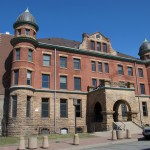

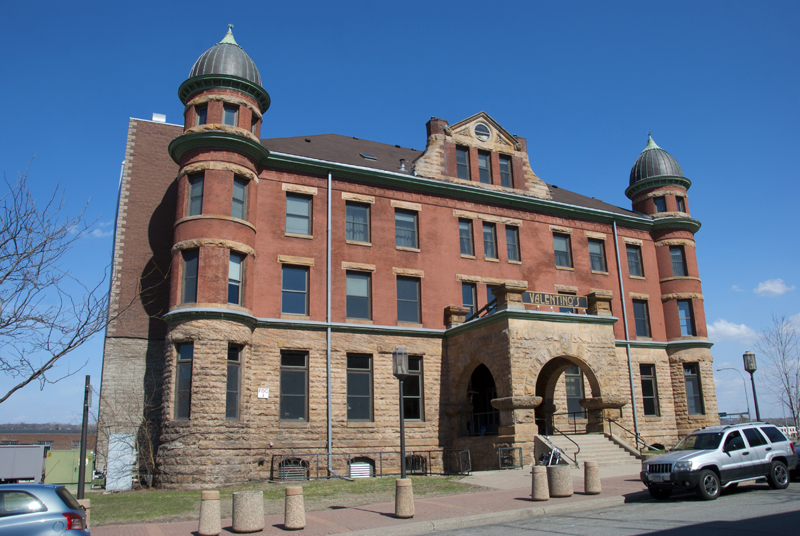
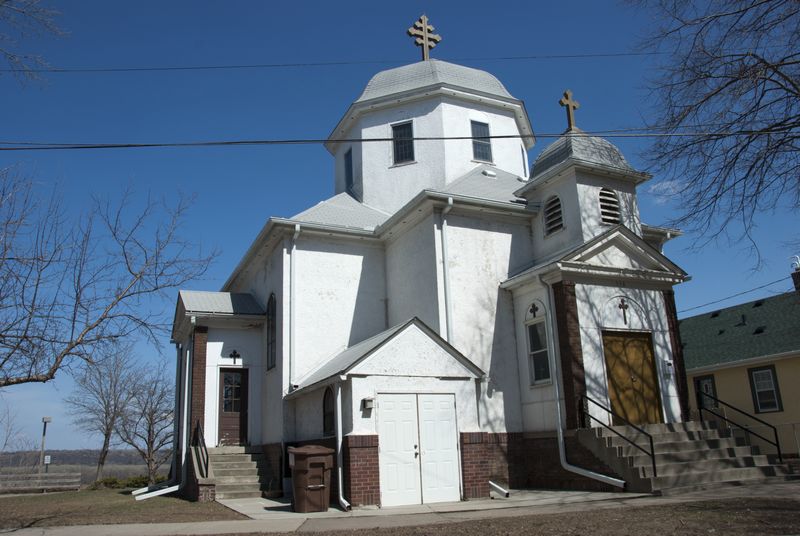
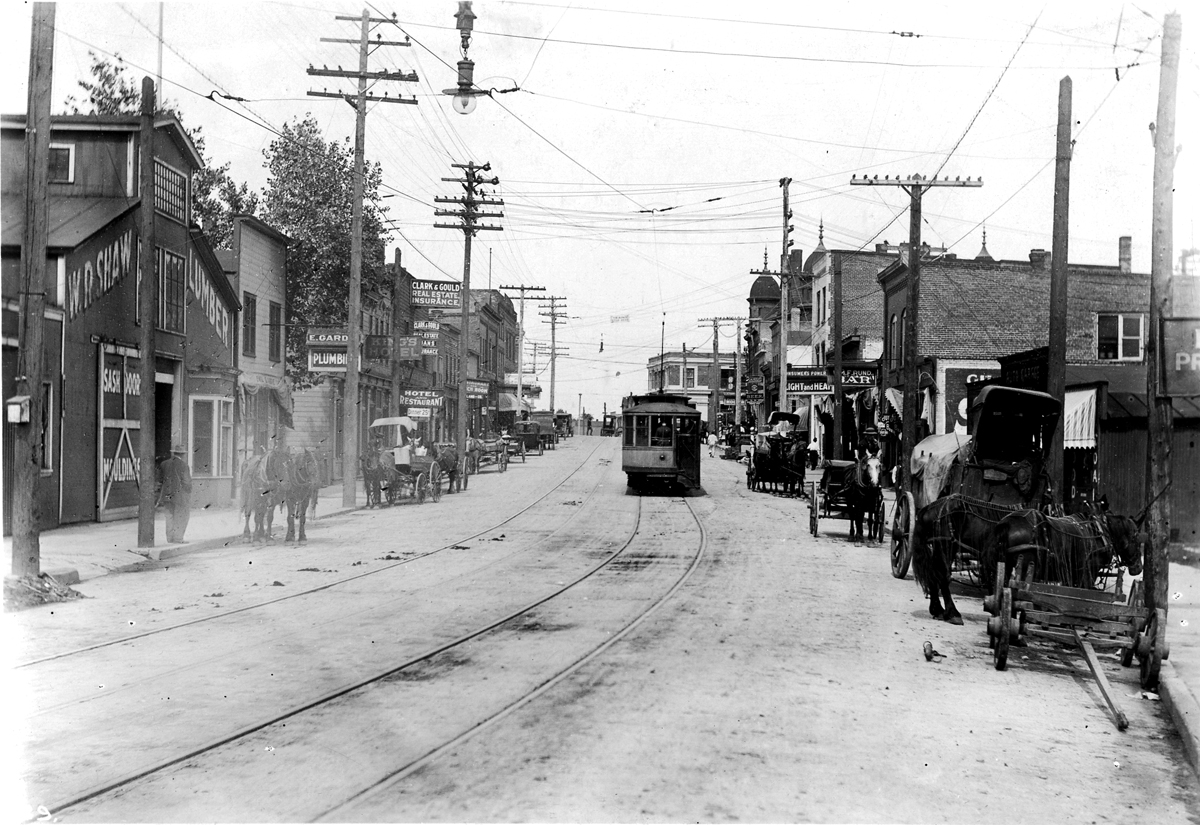
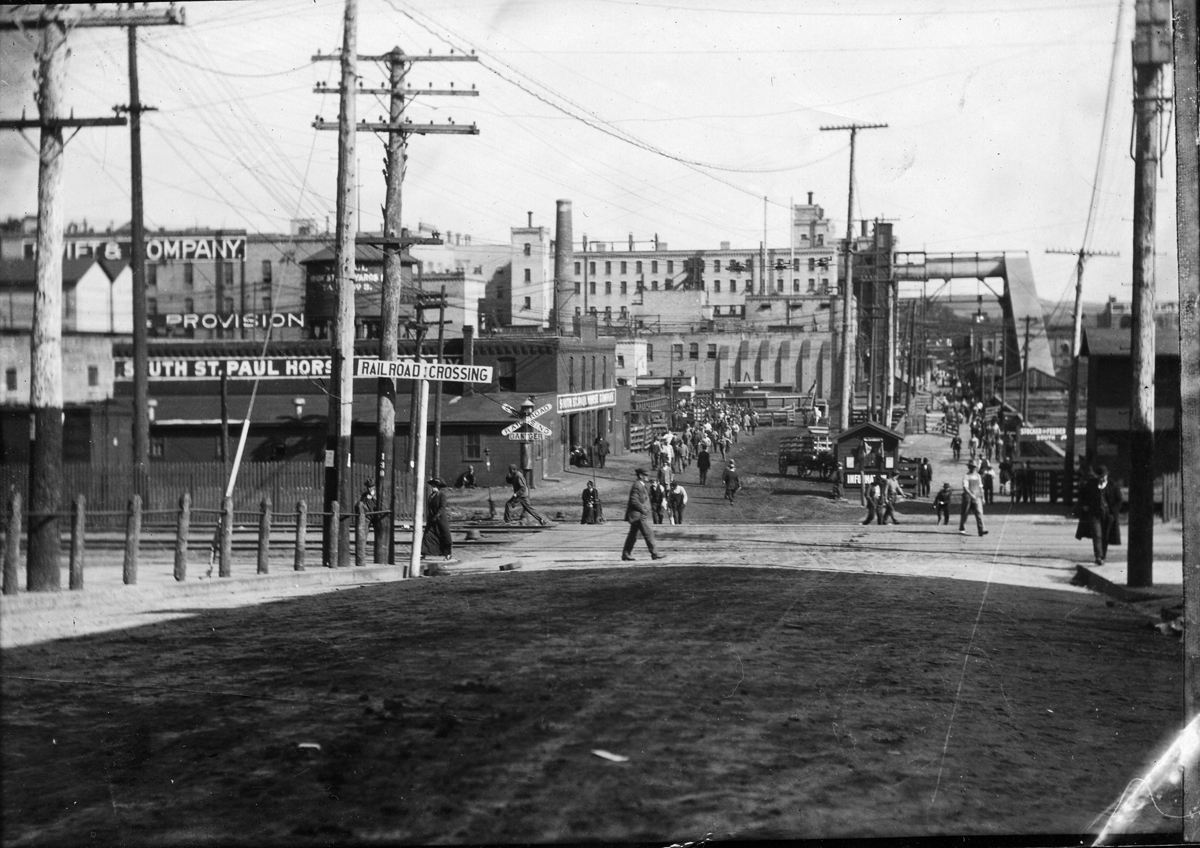

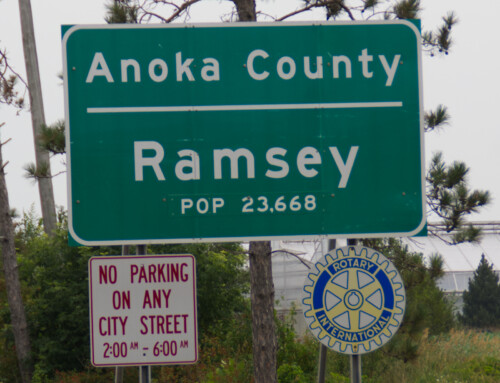
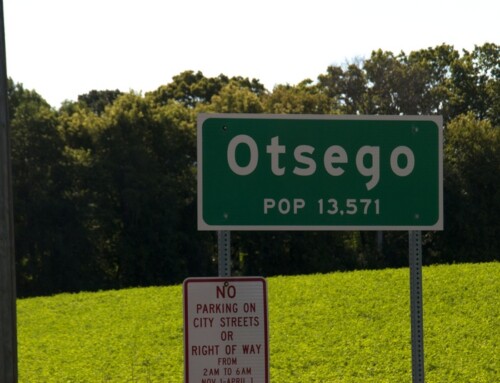
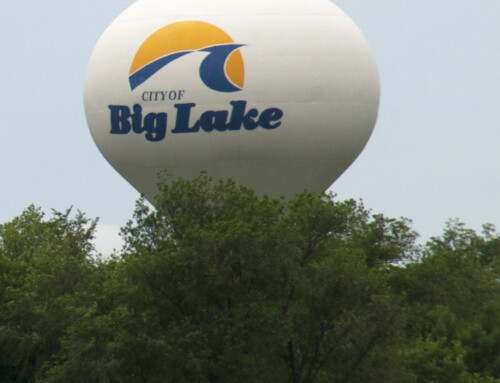
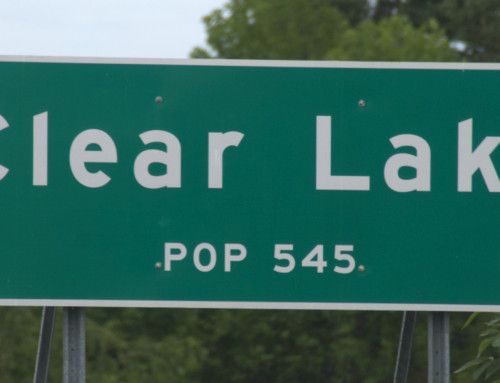

I love learning about St. Paul, since I will be moving there in the not to distant future